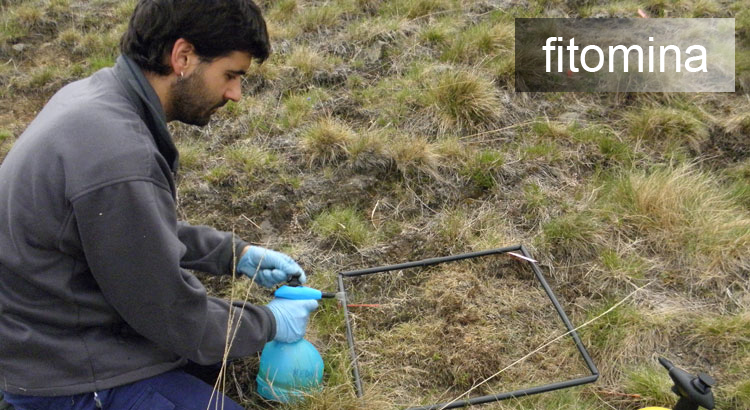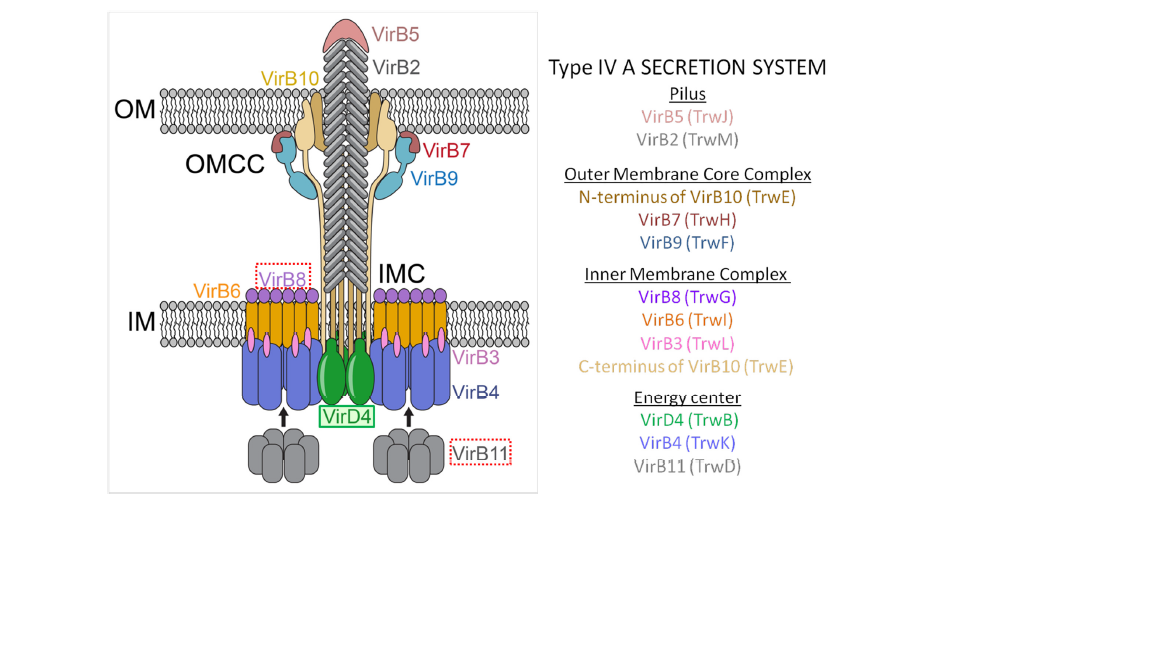Soil pollution is an environmental problem of much concern, negatively affecting the development of industrialized societies. In this respect, soils from abandoned mine areas are generally polluted with high levels of available metals, with the concomitant potential impact on ecosystem and human health.
Fortunately, more and more, the management of polluted soil is a priority matter for our society. Thus, nowadays, many actions are being taken to (i) assess the impact of soil pollutants on ecosystem and human health and (ii) remediate polluted sites.
Regarding the remediation of metal-polluted mine soils, phytoremediation is one of the most viable strategies, due to its low cost and environmentally-friendly character, particularly with respect to the integrity of the soil ecosystem. Among the different strategies included within the term “phytoremediation”, aided phytostabilization is considered the most effective and realistic phytotechnology, from both an economic and environmental point of view, to remediate large mine areas showing high levels of total and available metals in soil and, in many cases, a polymetalic pollution problem.
Regrettably, during decision-making processes prior to a possible remediation of a metal polluted mine soil through aided phytostabilization, most frequently, only the short-term metal immobilization is considered, without taking into account many other beneficial effects associated to this phytotechnology such as, for instance, the recovery of soil health (functionality) and the essential ecosystem services provided by the soil ecosystem. Consequently, the main objective of the current project is to characterize, during an aided phytostabilization process of a mine soil heavily polluted with Cd, Pb and Zn, the mechanisms of “soil-metal-amendment-microorganism-plant” interactions in order to evaluate, with scientific rigor and the utilization of biological indicators, the recovery of soil health and soil ecosystem services, thanks to their incorporation to follow-up post-treatment monitoring programs.




